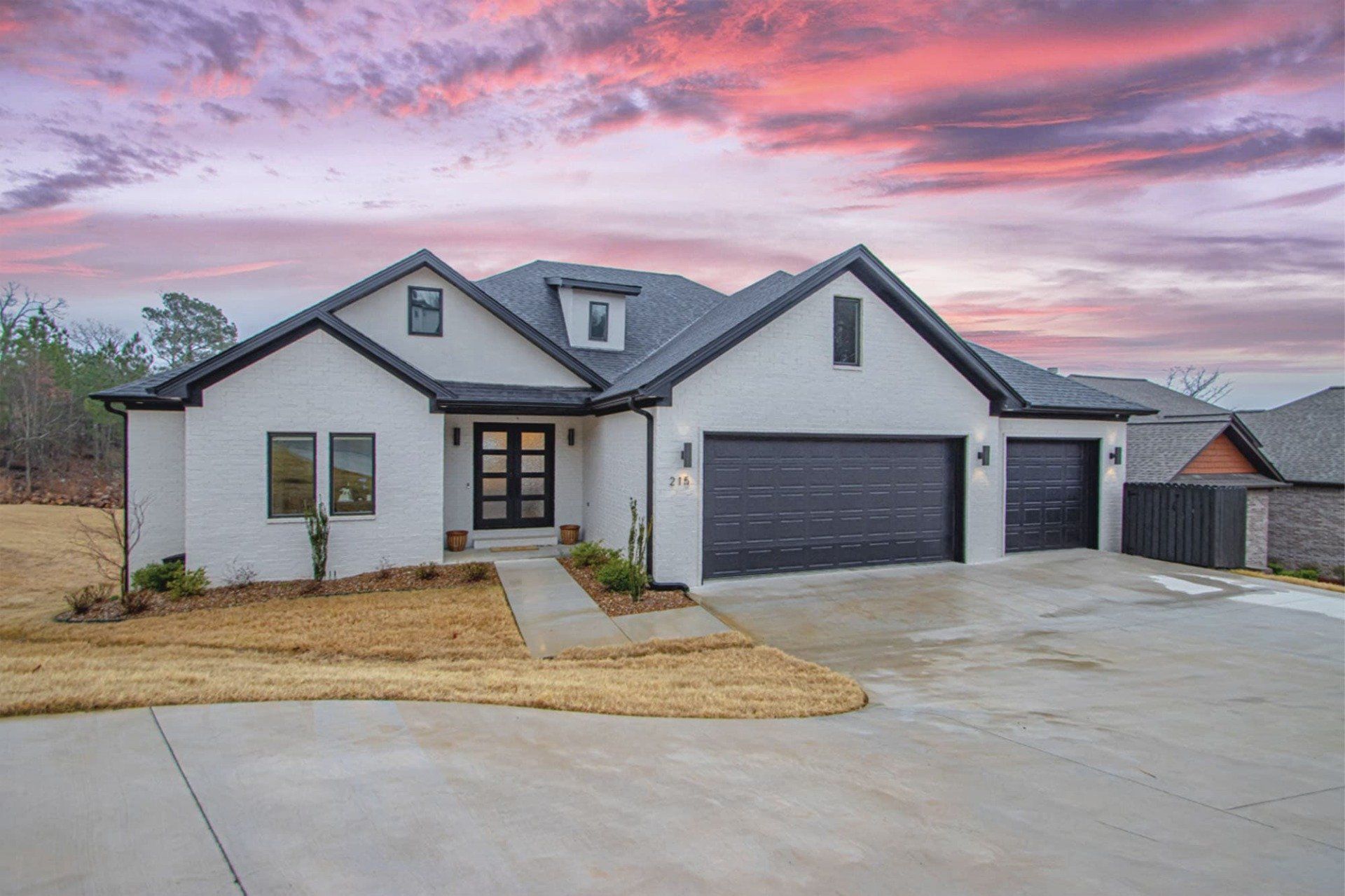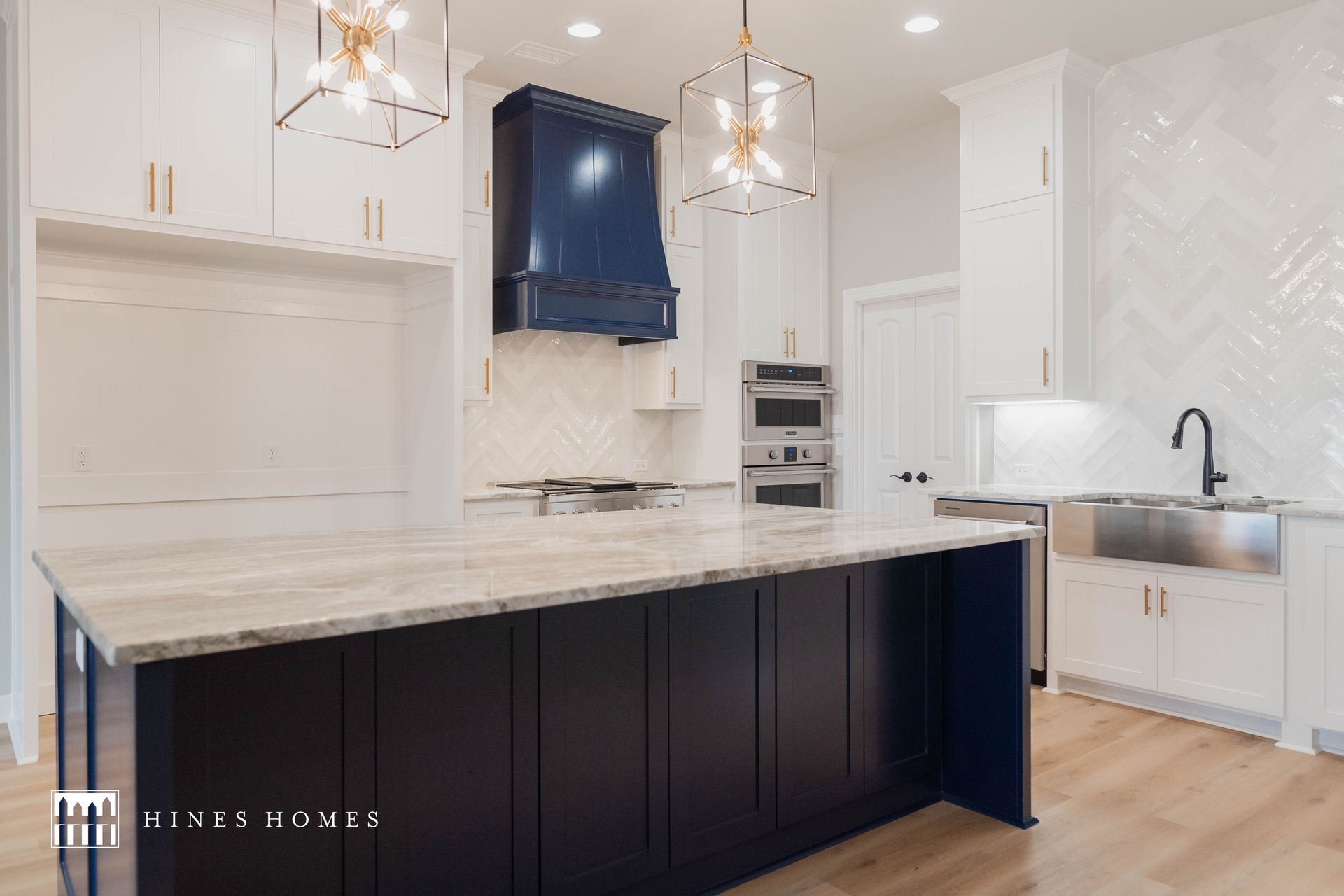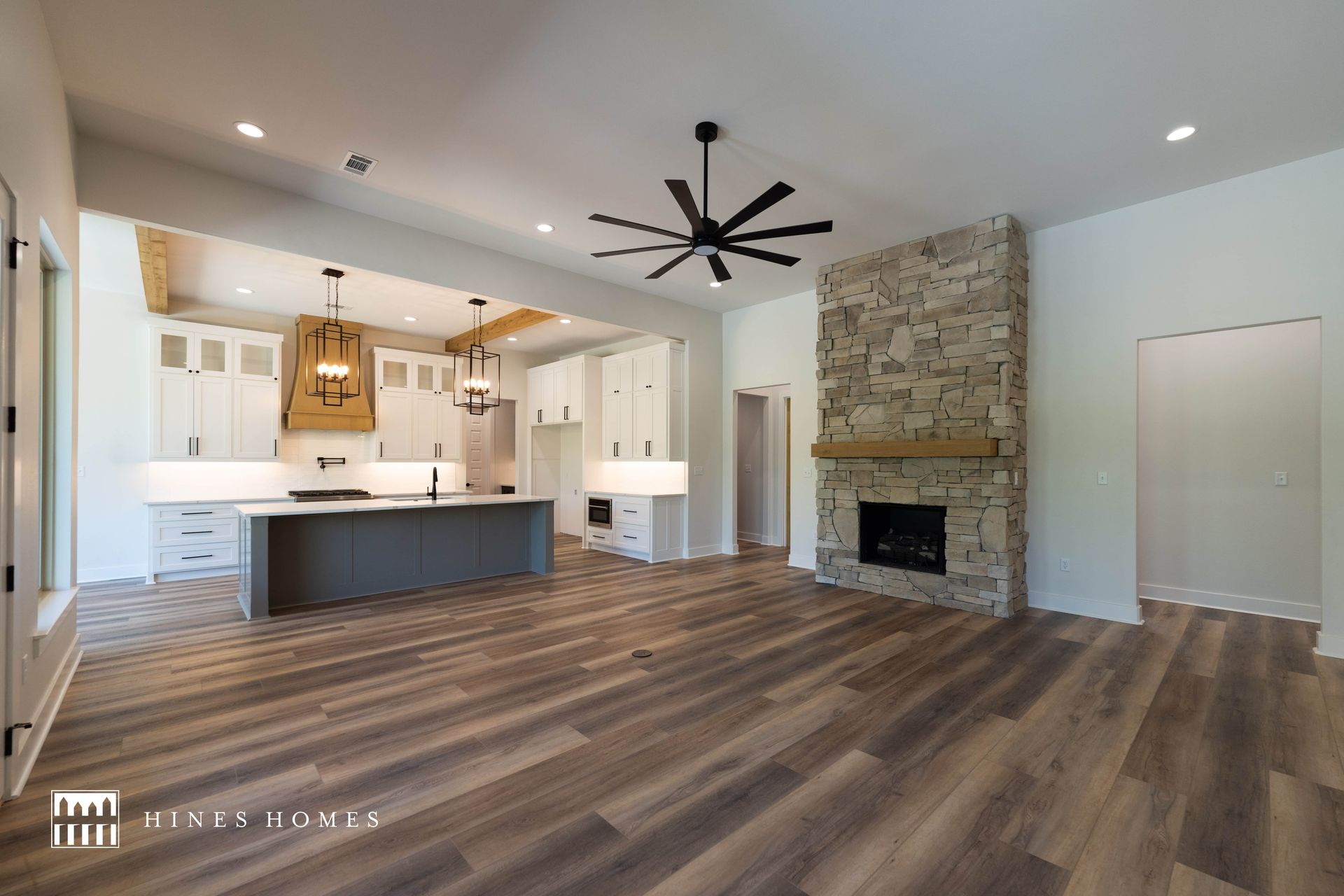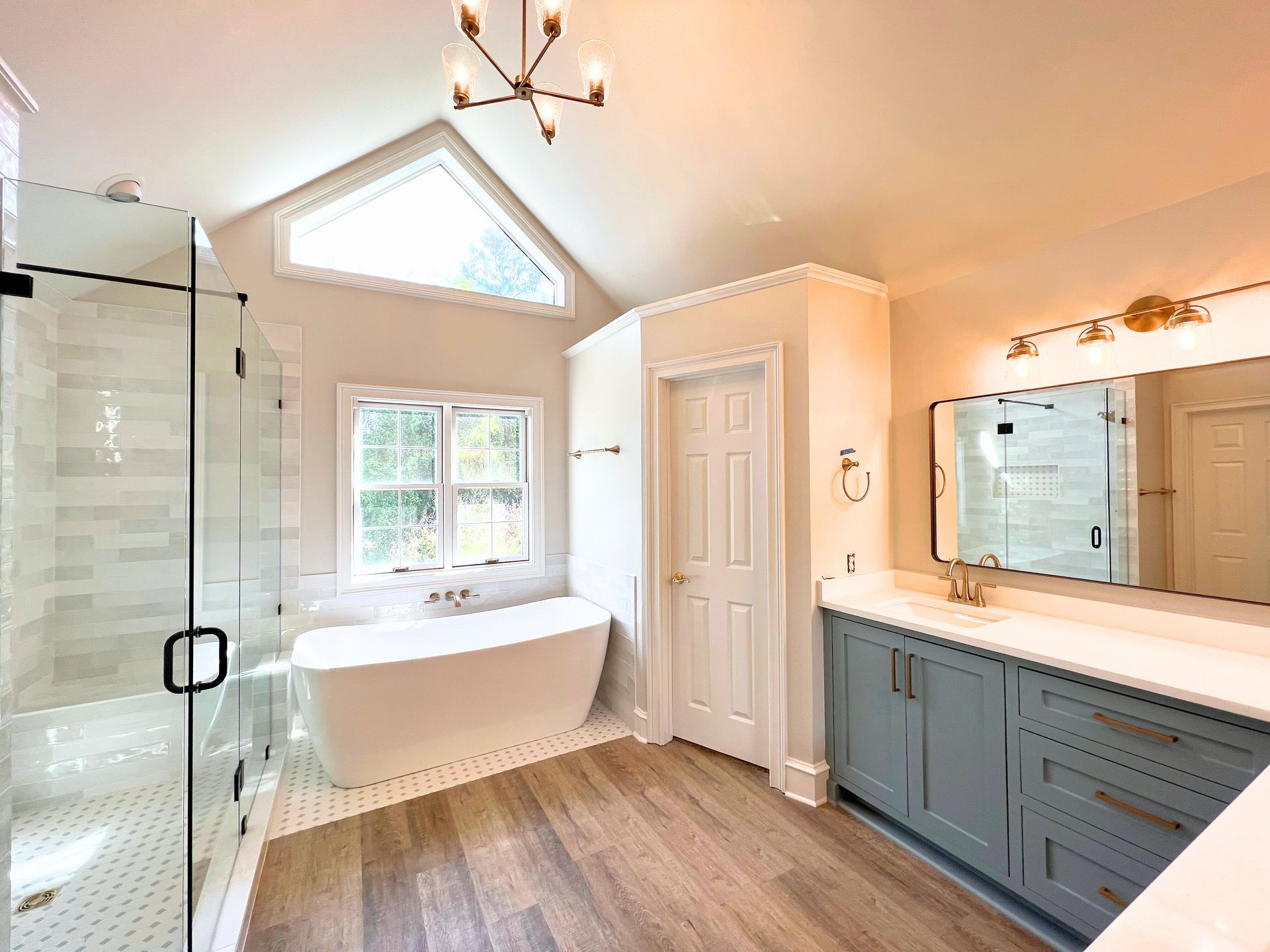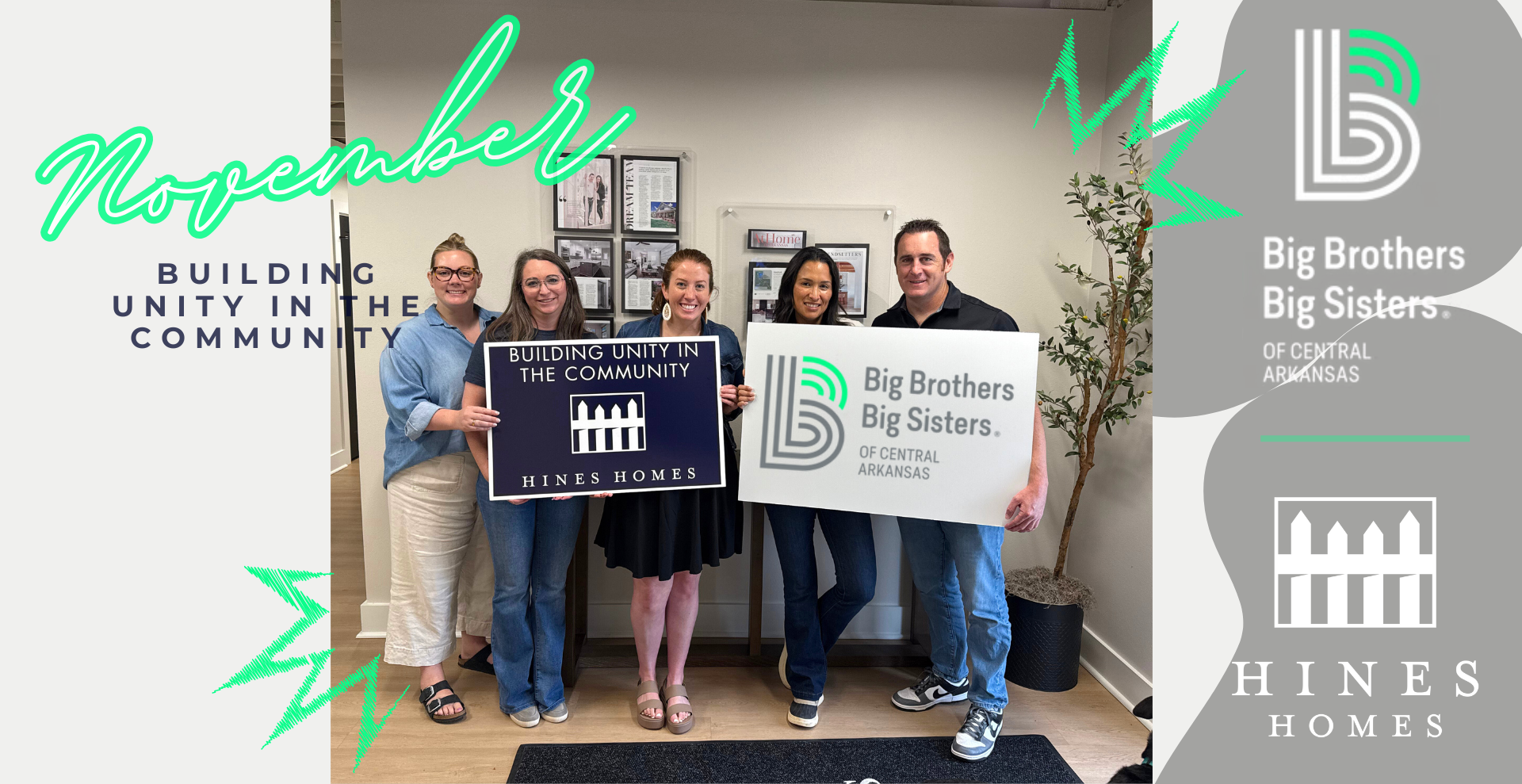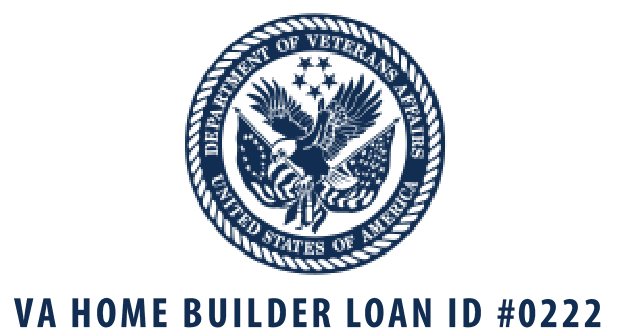Curb Appeal that Lasts: Long-Term Exterior Finishes and Landscaping
Creating long-lasting curb appeal isn’t just about choosing what looks good today—it’s about selecting materials, colors, and landscaping features that will continue to shine years down the road. A timeless exterior design takes into account not just style, but also durability, maintenance, and your regional climate.
Here’s how to build a home that makes a strong first impression—and keeps it.
Durable Exterior Finishes That Age Gracefully
The exterior of your home is its first layer of protection, so materials should do more than just look good—they need to perform. The right finishes combine strength, style, and low maintenance, helping your home stay beautiful with less effort.
Fiber Cement Siding
This option offers the classic look of wood with advanced resistance to rot, insects, and fire. It’s also versatile with paint, allowing future color changes without needing full replacement. It holds up well in a range of climates, making it a smart, long-term choice.
Brick and Stone Veneer
Brick and stone bring depth and texture while adding structural value. These materials offer exceptional durability and minimal upkeep, and their natural tones age beautifully—no peeling or fading paint to worry about.
High-Performance Exterior Paint
When paint is needed, high-grade products with UV and moisture resistance are essential. They help preserve color vibrancy, reduce mildew buildup, and minimize cracking or peeling—extending the time between touch-ups.
Architectural Shingles & Metal Roofing
A reliable roof adds both protection and curb appeal. Architectural shingles and standing seam metal roofs offer long-lasting durability, weather resistance, and style flexibility. Metal roofing, in particular, reflects heat, resists wind damage, and can last 40–70 years.
Landscaping That Looks Good Without the Fuss
A well-designed yard should complement the home, not compete with your calendar. With smart planning, landscaping can look polished while staying low-maintenance and sustainable.
Native Plants
Locally adapted plants thrive in your region’s soil, weather, and water conditions. That means less watering, fewer fertilizers, and better resilience to pests. They also support local pollinators and ecosystems.
Hardscaping Elements
Features like stone borders, paver walkways, and raised beds add texture and structure to your yard. These details require little maintenance and help reduce erosion, define outdoor spaces, and enhance walkability.
Drought-Tolerant Ground Covers
Replacing traditional turf in certain areas with materials like bark mulch, river rock, or creeping thyme reduces watering needs and weeds while keeping beds clean and tidy.
Smart Irrigation Systems
Modern systems with weather-based controls or zone timers allow for precise watering—keeping plants healthy while conserving water and lowering utility costs.
Design Details That Elevate Curb Appeal
It’s often the smallest elements that create the biggest visual impact. Simple, well-thought-out features can tie everything together for a cohesive, eye-catching look.
Welcoming Entryways
Covered porches, upgraded trim, and bold front doors offer personality and shelter. Whether traditional or modern, an intentional entryway sets the tone for your home’s aesthetic.
Thoughtful Lighting
Landscape and architectural lighting extends curb appeal into the evening. It enhances safety, draws attention to design elements, and adds a warm, inviting glow.
Balanced Landscaping
Symmetry in plant beds, layered heights, and clean edging create a polished and intentional appearance. Strategic planting gives your landscape structure and makes ongoing maintenance easier.
Lawn Alternatives
For lower upkeep, consider swapping large lawn areas for turf sections, ornamental grasses, or decorative gravel. These reduce mowing, conserve water, and still provide plenty of green appeal.
Curb appeal isn’t just about aesthetics—it’s about longevity and ease of ownership. Choosing durable materials and low-maintenance landscaping from the start means your home will stay beautiful, efficient, and high-performing for years to come.
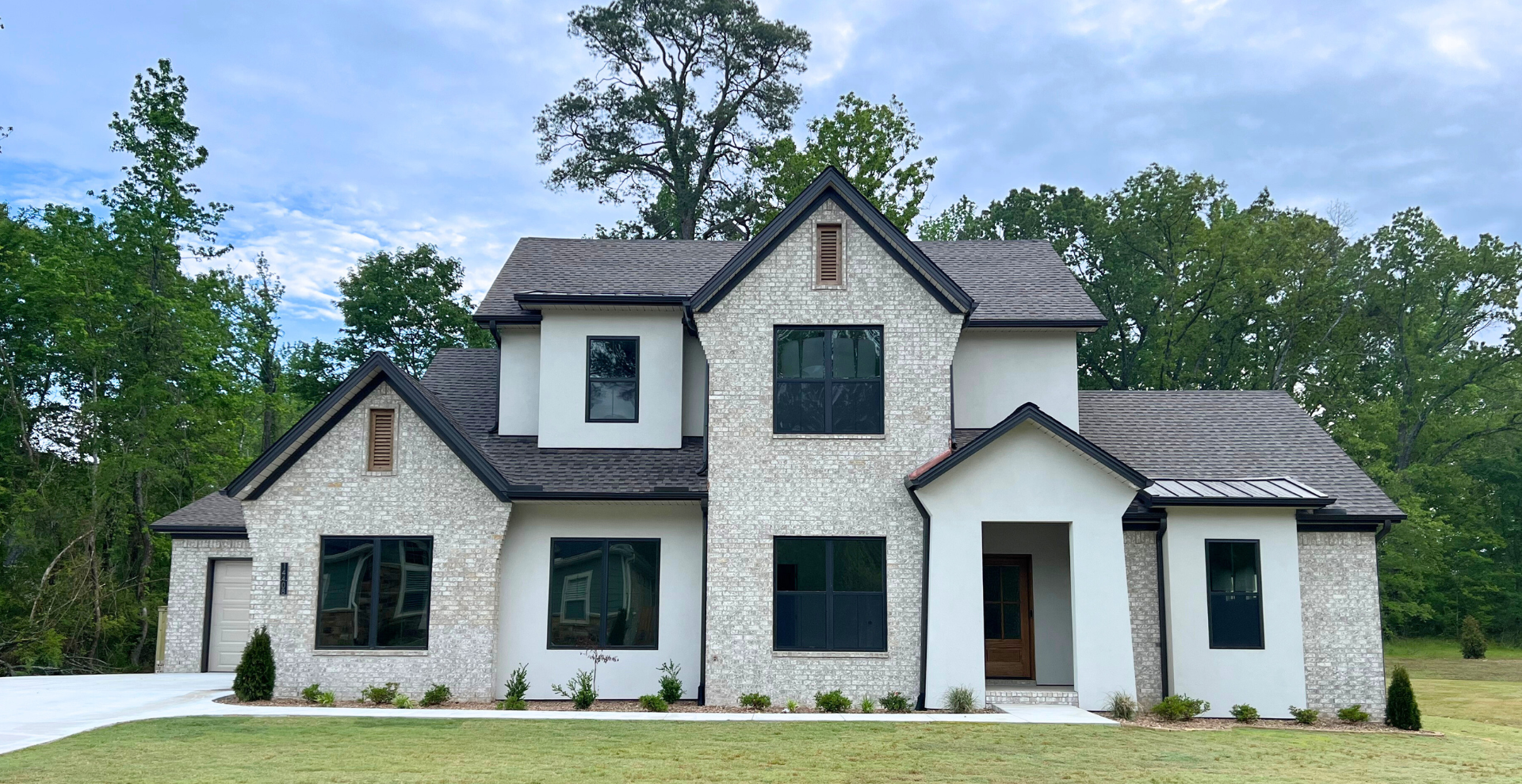
Share

